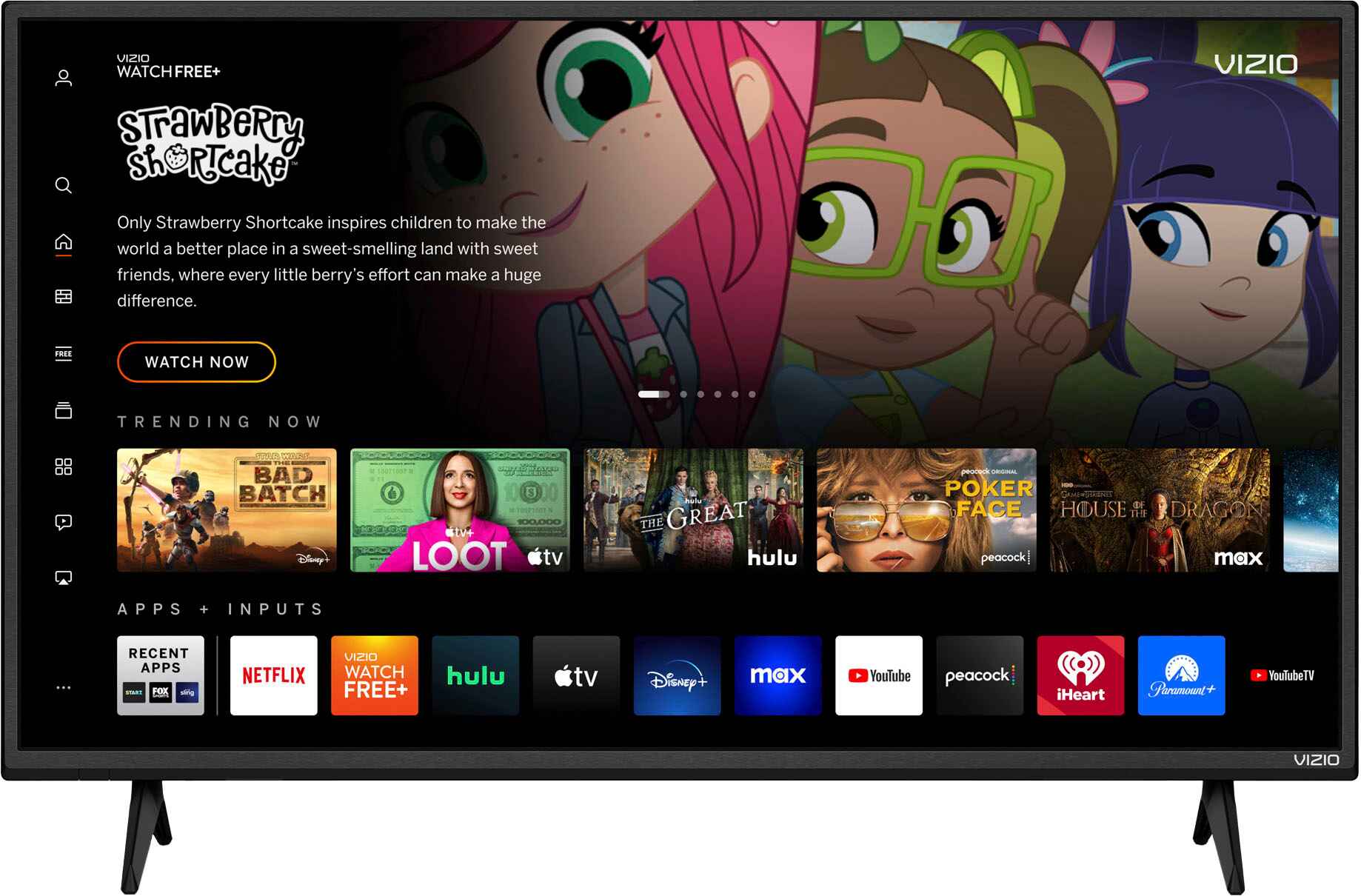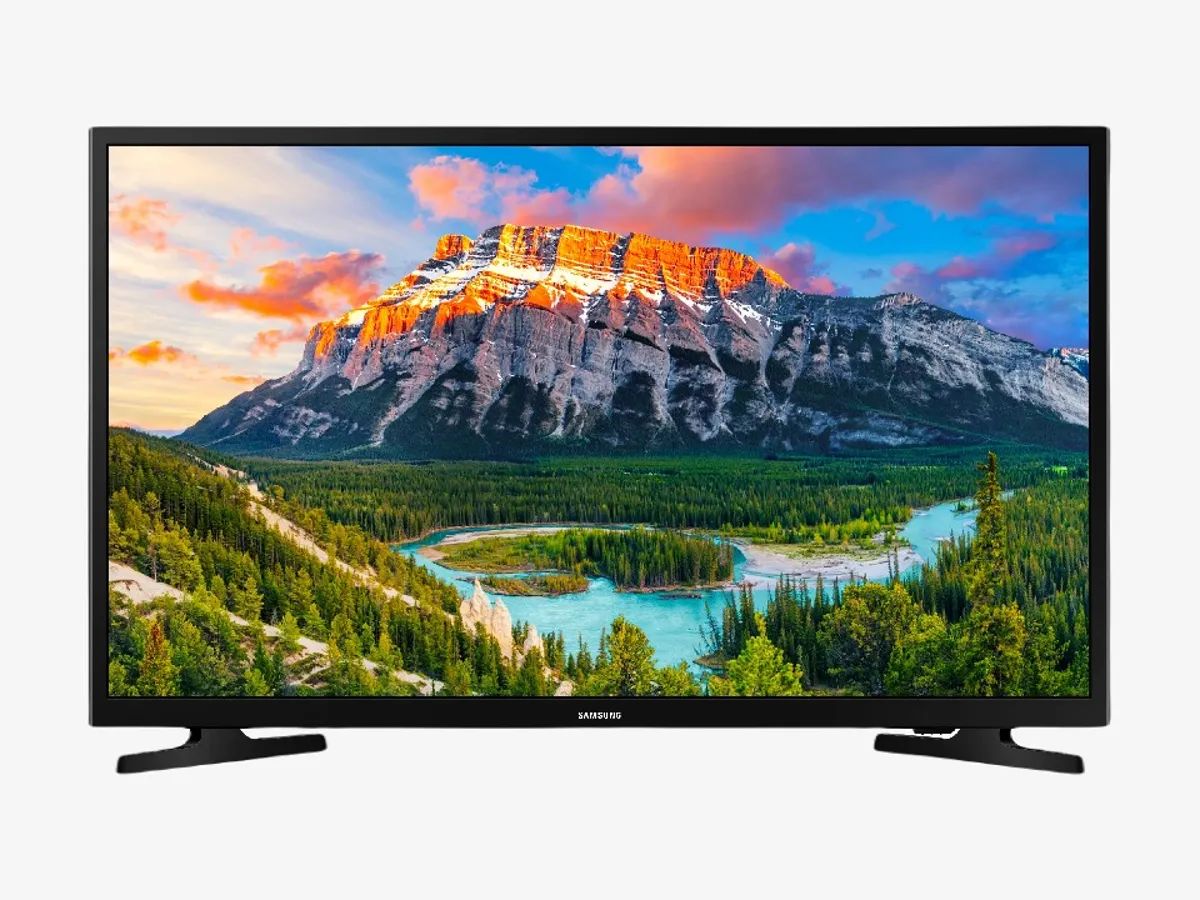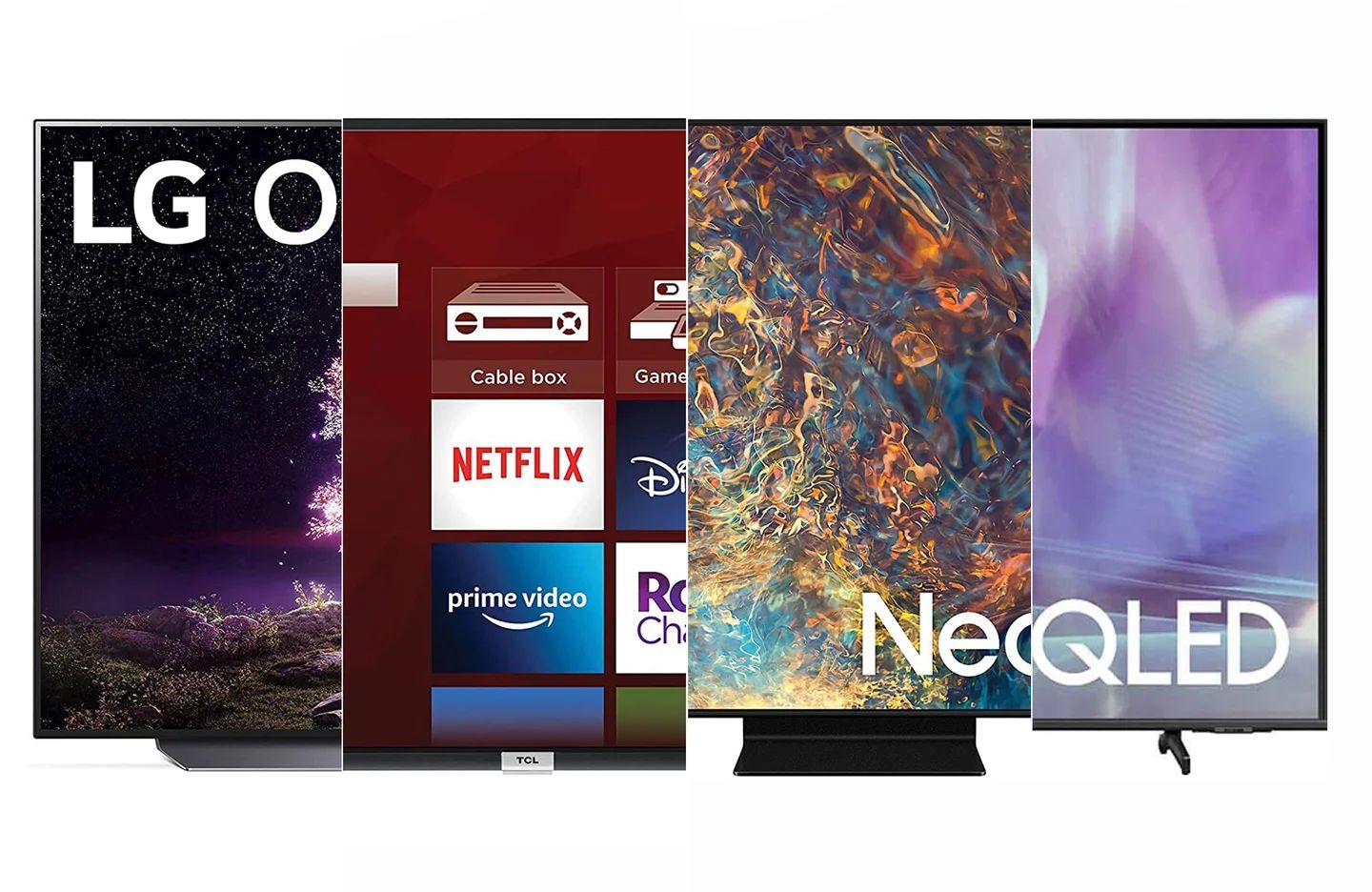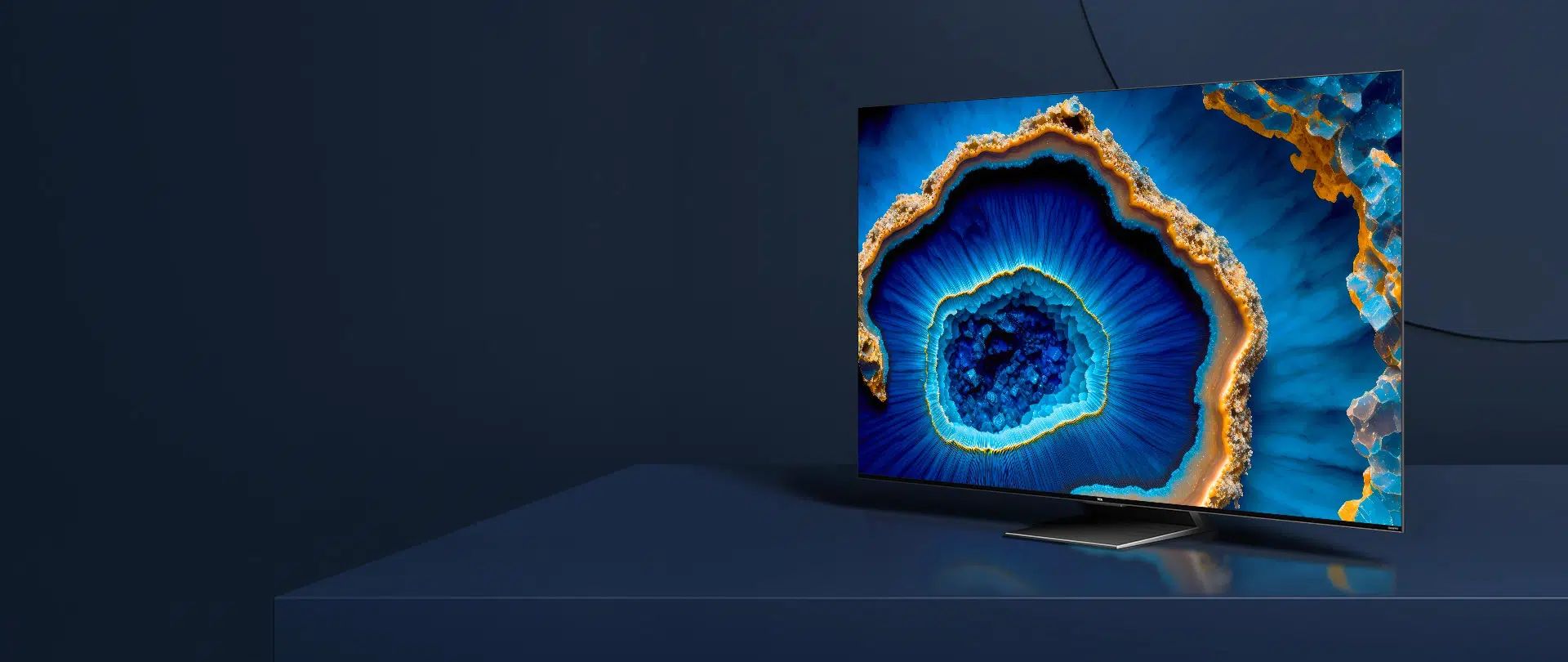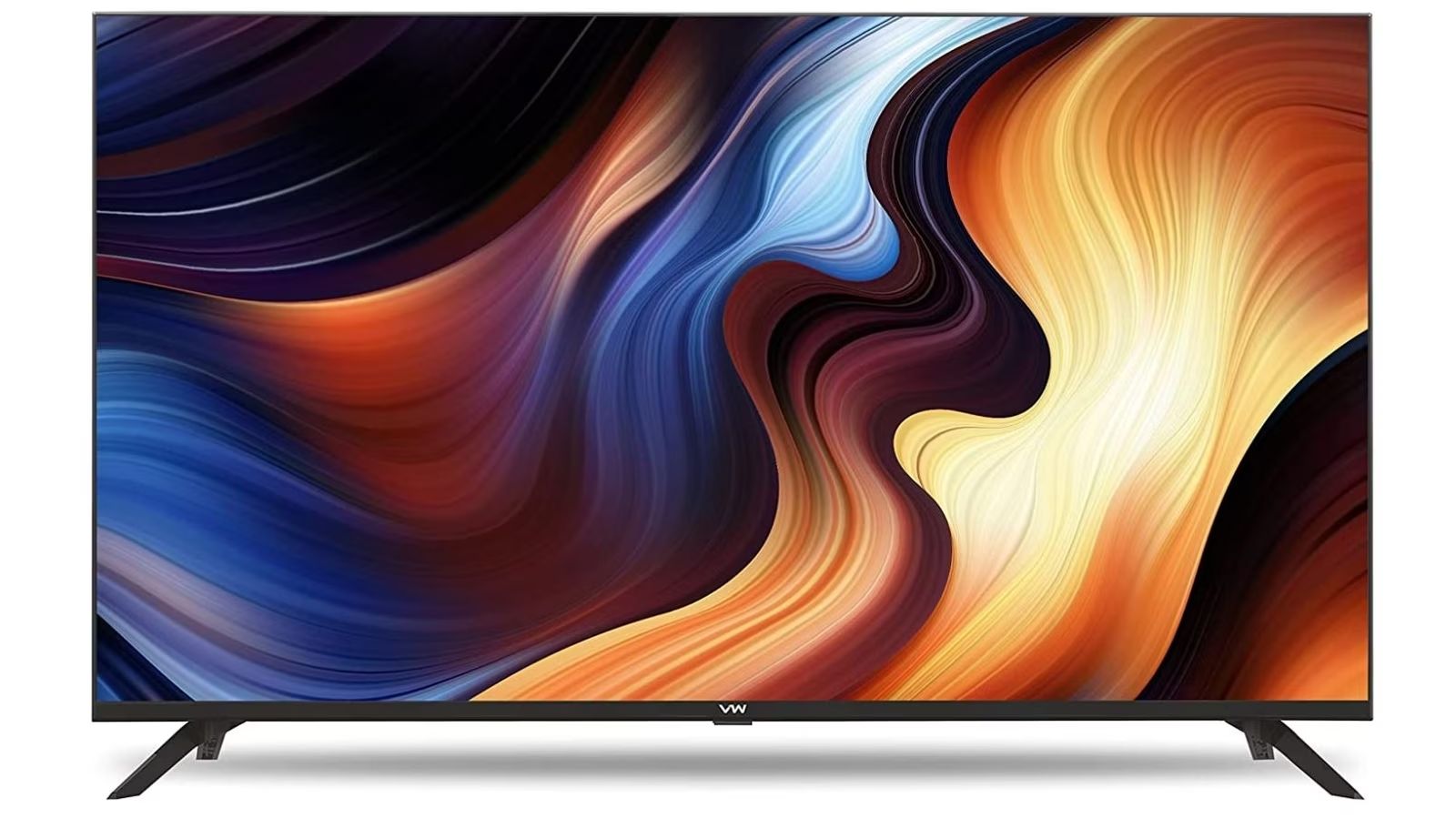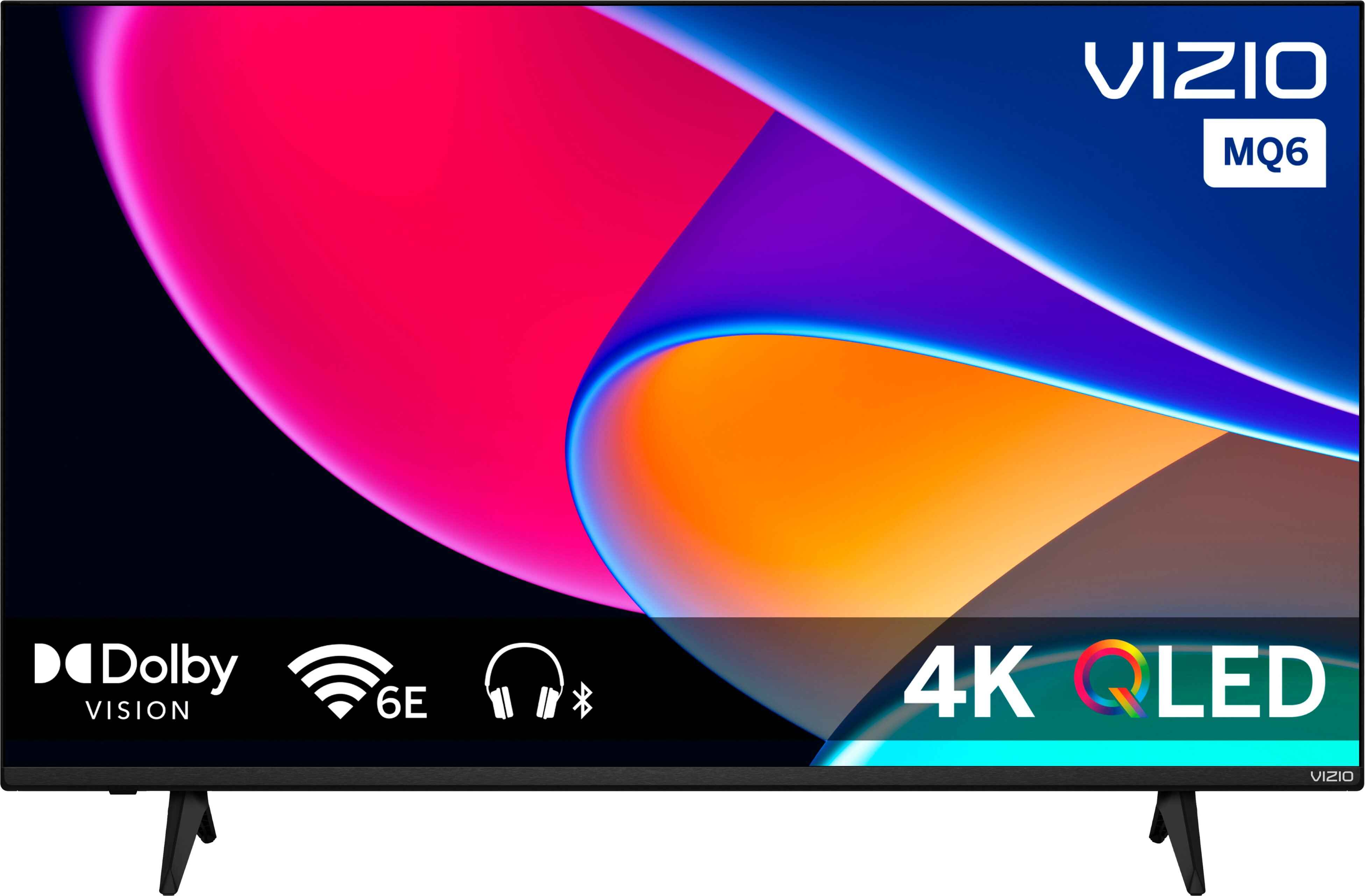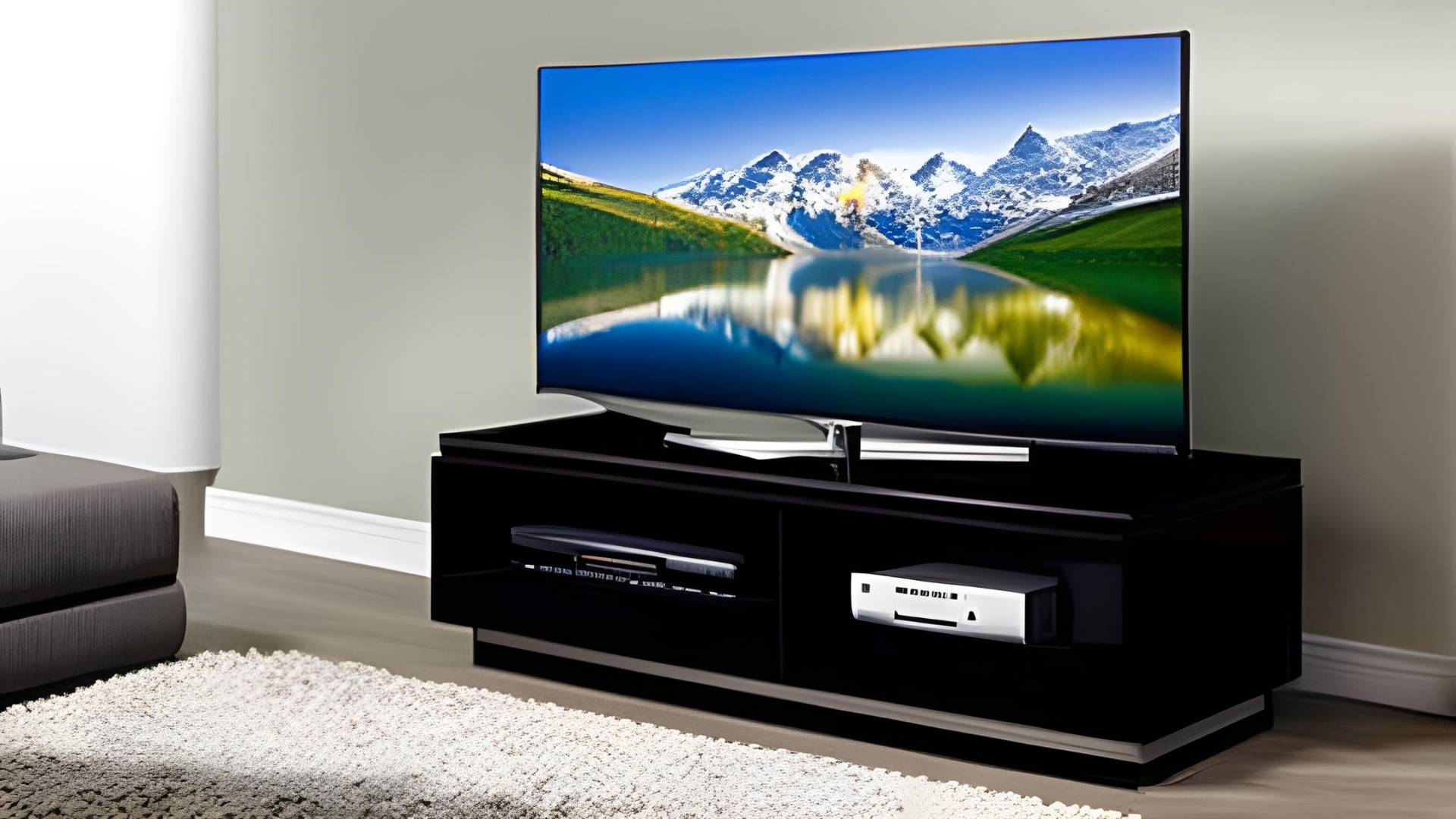Introduction
Welcome to this guide on how to get 1080p on your Vizio Smart TV. If you’ve recently purchased a Vizio Smart TV or are experiencing issues with the resolution on your existing one, you’ve come to the right place. In this article, we will discuss the importance of 1080p resolution, how to check the native resolution of your Vizio Smart TV, and various steps you can take to ensure you are getting the best picture quality possible.
High-definition resolution has become the standard in the world of television, and 1080p is one of the most popular and widely available resolutions. It offers enhanced clarity, sharpness, and detail, making it ideal for enjoying your favorite movies, TV shows, and games. However, getting the full 1080p experience on your Vizio Smart TV requires some configuration and troubleshooting.
Before we dive into the steps to achieve 1080p on your Vizio Smart TV, it’s essential to understand the native resolution of your television. Native resolution refers to the maximum resolution that your TV can display without any upscaling or downscaling. Knowing the native resolution of your Vizio Smart TV will help you set the appropriate settings and ensure that you’re getting the best possible picture quality.
In the following sections, we will explore how to check the native resolution of your Vizio Smart TV, adjust the picture settings to optimize resolution, use the correct HDMI cable for 1080p, update the firmware on your TV, and troubleshoot common issues that may arise. By following these steps, you’ll be well on your way to enjoying crystal-clear 1080p content on your Vizio Smart TV.
So, let’s get started and unlock the full potential of your Vizio Smart TV with 1080p resolution!
Understanding resolution and the importance of 1080p
Resolution is a crucial factor when it comes to the visual quality and clarity of your TV screen. It refers to the number of pixels that make up the image displayed on the screen. The higher the resolution, the more pixels there are, resulting in a sharper and more detailed image.
One of the most popular resolutions for high-definition content is 1080p, also known as Full HD. The “1080” refers to the number of vertical lines on the screen, while the “p” stands for progressive scan, indicating that each frame is displayed progressively. This resolution offers a vast improvement over older standard-definition resolutions, such as 720p or 480p.
The importance of 1080p lies in the immersive viewing experience it provides. The higher pixel count delivers more detailed and vibrant visuals, allowing you to see every nuance, texture, and color with incredible clarity. Whether you’re watching movies, TV shows, sports events, or playing video games, 1080p resolution enhances the quality of the content and brings it to life.
Additionally, many streaming platforms, Blu-ray discs, and gaming consoles offer content in 1080p, making it essential to have a TV that can display this resolution to fully enjoy these sources. By upgrading to a Vizio Smart TV capable of 1080p, you’ll be able to take full advantage of these high-definition sources and immerse yourself in a visually stunning experience.
It’s worth noting that while 4K resolution (3840 x 2160 pixels) has gained popularity in recent years, 1080p is still widely used and provides an excellent balance between visual quality and affordability. Furthermore, the availability of 1080p content remains more prevalent than 4K content, making it a practical choice for many consumers.
Now that you understand the significance of resolution and the benefits of 1080p, you can proceed to the next section to check the native resolution of your Vizio Smart TV and ensure that you’re getting the optimal picture quality.
Checking the native resolution of your Vizio Smart TV
Before making any adjustments to your Vizio Smart TV’s settings, it’s essential to determine its native resolution. The native resolution is the maximum resolution that your TV can display without any upscaling or downscaling. Checking the native resolution will give you a baseline for configuring the picture settings and ensuring that you’re getting the optimal viewing experience.
To check the native resolution of your Vizio Smart TV, follow these steps:
- Turn on your Vizio Smart TV and navigate to the settings menu.
- Depending on the model of your TV, the settings menu might be accessible through a dedicated button on the remote or via an on-screen menu. Refer to your TV’s user manual if you’re unsure about how to access the settings.
- In the settings menu, look for the “Display” or “Picture” settings.
- Within the display settings, you should find an option labeled “Resolution” or “Screen Resolution.” Select this option.
- A list of available resolution options should appear, including the native resolution. Look for the option that matches the native resolution of your TV, which is typically indicated as “1920×1080” or “1080p.”
Once you have identified the native resolution of your Vizio Smart TV, make a note of it for future reference. Knowing the native resolution ensures that you’re not inadvertently reducing the quality of the displayed content by selecting a lower resolution.
It’s important to note that if your Vizio Smart TV has a 4K resolution, it will have a native resolution of “3840×2160” or “2160p.” In such cases, you won’t need to worry about adjusting the resolution to 1080p as the TV is already capable of higher quality. However, if you still prefer to watch content in 1080p, you can proceed to adjust the picture settings accordingly.
With the native resolution of your Vizio Smart TV confirmed, you’re ready to move on to the next section and learn how to optimize the picture settings for obtaining the best possible resolution.
Adjusting picture settings for optimal resolution
Once you have determined the native resolution of your Vizio Smart TV, you can now adjust the picture settings to optimize the resolution and ensure the best possible visual experience. Fine-tuning the picture settings will help you maximize the clarity, sharpness, and overall quality of the displayed content.
Here are some steps to follow when adjusting the picture settings:
- Access the settings menu on your Vizio Smart TV using the remote or on-screen menu, as mentioned in the previous section.
- Look for the “Picture” or “Display Settings” options within the settings menu and select it.
- Within the picture settings, you will find various options to customize the image quality. Some common settings include:
- Brightness: Adjust the overall brightness level to your preference while ensuring that the image is not too bright or too dark.
- Contrast: Set the contrast level to enhance the difference between light and dark areas, improving the overall depth and realism of the picture.
- Sharpness: Fine-tune the sharpness level to make the edges and details of the image more defined. Be careful not to set it too high, as it can introduce artifacts and distortions.
- Color Temperature: Choose a color temperature preset that suits your preference, such as Warm, Cool, or Neutral. This setting affects the overall color balance of the picture.
- Color Saturation: Adjust the color saturation to control the intensity and richness of the colors displayed on the screen.
- Backlight: Control the intensity of the TV’s backlight, which can affect the overall brightness and contrast. Adjust it according to your viewing environment and personal preference.
- Experiment with these settings and make small adjustments until you achieve the desired picture quality. It’s recommended to start with the default settings and tweak them based on your personal preferences.
- Remember to save the changes once you’re satisfied with the picture settings.
By fine-tuning the picture settings on your Vizio Smart TV, you can optimize the resolution to ensure a crisp, vibrant, and immersive viewing experience. It’s important to keep in mind that every TV model is different, so the exact menu options and naming conventions may vary. Refer to your Vizio Smart TV’s user manual for specific instructions if needed.
With the picture settings adjusted for optimal resolution, you’re now ready to move forward and ensure that you’re using the correct HDMI cable for 1080p resolution. This will help maintain the integrity of the signal and ensure a smooth and high-quality connection between your devices.
Using the correct HDMI cable for 1080p resolution
Having the right HDMI cable is essential to ensure that you can fully enjoy the benefits of 1080p resolution on your Vizio Smart TV. While HDMI cables are widely available, not all cables are created equal when it comes to transmitting high-definition signals. Using the correct HDMI cable will help maintain the integrity of the signal, resulting in a smooth and high-quality connection.
Here are a few factors to consider when choosing the right HDMI cable:
- HDMI Version: Make sure that the HDMI cable you choose is compatible with the HDMI version supported by your Vizio Smart TV. At a minimum, you will need an HDMI 1.4 cable to support 1080p resolution. However, using a newer HDMI 2.0 or HDMI 2.1 cable is recommended for future-proofing your setup and taking advantage of advanced features.
- Cable Length: Consider the distance between your TV and the source device (e.g., Blu-ray player, gaming console, or streaming device). Choose a cable length that can comfortably reach the devices without straining the cable or causing signal degradation.
- High-Speed Rating: Look for an HDMI cable with a high-speed rating. This ensures that it can handle the bandwidth required for transmitting high-resolution content, including 1080p. High-speed cables are designed to support higher data transfer rates, offering a stable and reliable connection.
- Cable Quality: While there are many affordable HDMI cables available, it’s important to invest in a cable of good quality. This can help minimize signal loss, interference, and other issues that may affect the picture and audio quality. Look for cables from reputable brands known for their reliable performance.
It’s worth noting that HDMI cables are typically backward compatible, meaning you can use a newer version of the cable with an older HDMI device. For example, an HDMI 2.0 cable will work with a TV that supports HDMI 1.4. However, using an older version cable with a newer HDMI device may limit the capabilities or prevent you from achieving the desired resolution.
Once you have obtained the appropriate HDMI cable, ensure that it is properly connected between your Vizio Smart TV and the source device. Securely plug one end of the cable into the HDMI port on your Vizio Smart TV and the other end into the HDMI port of the source device.
By using the correct HDMI cable, you can ensure that the high-definition signal is efficiently transmitted from the source device to your Vizio Smart TV, maintaining the integrity of the 1080p resolution.
Now that you have the proper HDMI cable in place, it’s time to move on to the next section, where we will discuss the importance of updating the firmware on your Vizio Smart TV to optimize its performance.
Updating the firmware on your Vizio Smart TV
Keeping the firmware of your Vizio Smart TV up to date is crucial for optimal performance, including resolution capabilities. Firmware updates often contain bug fixes, performance enhancements, and new features that can improve your overall viewing experience. Updating the firmware ensures that your Vizio Smart TV is running the latest software version, which may address any known issues or compatibility concerns.
Here’s a step-by-step guide to update the firmware on your Vizio Smart TV:
- Make sure that your Vizio Smart TV is connected to the internet. You can connect it via Wi-Fi or using an Ethernet cable.
- Access the settings menu on your Vizio Smart TV using the remote or on-screen menu.
- Look for the “System” or “Support” option within the settings menu and select it.
- Within the system or support settings, you should find an option for “Software Update” or “Firmware Update.” Choose this option.
- Your Vizio Smart TV will then search for available updates. If an update is found, follow the on-screen prompts to download and install it.
- During the update process, it’s important not to turn off or unplug your TV. Let the update complete, which may take a few minutes depending on the size of the firmware update.
- Once the update is successfully installed, your Vizio Smart TV will automatically restart.
If there are no available updates or if the update process fails, you can visit the Vizio support website and look for firmware updates specific to your TV model. Download the latest firmware onto a USB flash drive and follow the instructions provided by Vizio to manually update your TV’s firmware.
Regularly checking for firmware updates and keeping your Vizio Smart TV up to date ensures that you are benefiting from the latest improvements and fixes. This can help optimize the resolution capabilities of your TV and ensure a smooth and reliable performance.
Now that you’ve updated the firmware on your Vizio Smart TV, it’s time to address any potential issues or troubleshooting that may arise when trying to get 1080p resolution. Proceed to the next section for common troubleshooting tips.
Troubleshooting common issues with getting 1080p on Vizio Smart TV
While the steps mentioned earlier should help you achieve 1080p resolution on your Vizio Smart TV, there may be situations where you encounter some common issues. Here are a few troubleshooting tips to address these problems:
- Verify the source device’s settings: Ensure that the device (e.g., Blu-ray player, gaming console, or streaming device) connected to your Vizio Smart TV is set to output a 1080p signal. Check the device’s display settings and adjust them accordingly.
- Inspect the HDMI connection: Make sure that the HDMI cable is securely plugged into both the TV and the source device. A loose or faulty connection can cause signal loss and affect the resolution. Try disconnecting and reconnecting the HDMI cable to establish a stable connection.
- Check for HDMI handshake issues: Sometimes, HDMI handshake issues can prevent the TV from recognizing and displaying the correct resolution. To resolve this, turn off both the TV and the source device, unplug them from the power source, wait for a few minutes, and then plug them back in and turn them on.
- Disable any display overscan: In some cases, the TV’s display settings may have an overscan feature enabled. This can result in portions of the image being cut off, affecting the resolution. Look for an overscan or zoom setting in the TV’s picture settings and make sure it is disabled.
- Reset the TV to factory defaults: If you’re still experiencing resolution issues, you can try resetting your Vizio Smart TV to its factory default settings. This will revert all settings back to their original state, potentially resolving any configuration conflicts that may have been causing the problem.
- Update the source device’s firmware: Just like your TV, the source device may require firmware updates to ensure compatibility and optimal performance. Check for any available firmware updates for the device and install them if necessary.
- Consult Vizio support: If none of the above steps resolve the issue, it’s recommended to reach out to Vizio support for further assistance. They can provide specific troubleshooting steps tailored to your TV model and help you resolve any underlying issues that may be affecting the resolution.
By following these troubleshooting steps, you should be able to overcome common issues and successfully achieve 1080p resolution on your Vizio Smart TV. Remember to double-check all settings, connections, and firmware updates to ensure everything is properly configured.
With the troubleshooting completed, you can now enjoy the stunning visuals and immersive experience that 1080p resolution offers on your Vizio Smart TV.
Now that we have covered various aspects of getting 1080p on your Vizio Smart TV, let’s wrap up this guide with a summary of the key points discussed.
Conclusion
In conclusion, achieving 1080p resolution on your Vizio Smart TV is essential for enjoying high-quality, detailed, and immersive content. By understanding the importance of resolution and checking the native resolution of your TV, you can set the stage for optimal picture quality.
Adjusting the picture settings is crucial in fine-tuning the resolution and maximizing the clarity and sharpness of the images on your Vizio Smart TV. Finding the right HDMI cable ensures a stable and reliable connection, allowing the 1080p signal to be transmitted flawlessly.
Updating the firmware on your Vizio Smart TV is necessary to address any performance issues and take advantage of the latest enhancements. Troubleshooting common issues, such as verifying the source device settings and checking HDMI connections, helps resolve any obstacles in achieving the desired resolution.
By following the steps outlined in this guide, you can unlock the full potential of your Vizio Smart TV and enjoy the immersive experience that 1080p resolution offers. Remember to stay updated on firmware releases and consult Vizio support if needed.
Thank you for choosing this guide on how to get 1080p on your Vizio Smart TV. We hope this information has been helpful and that you can now enjoy your favorite movies, TV shows, and games in stunning high-definition resolution.







